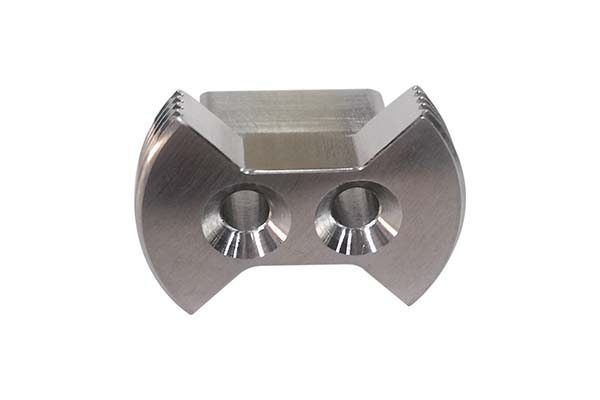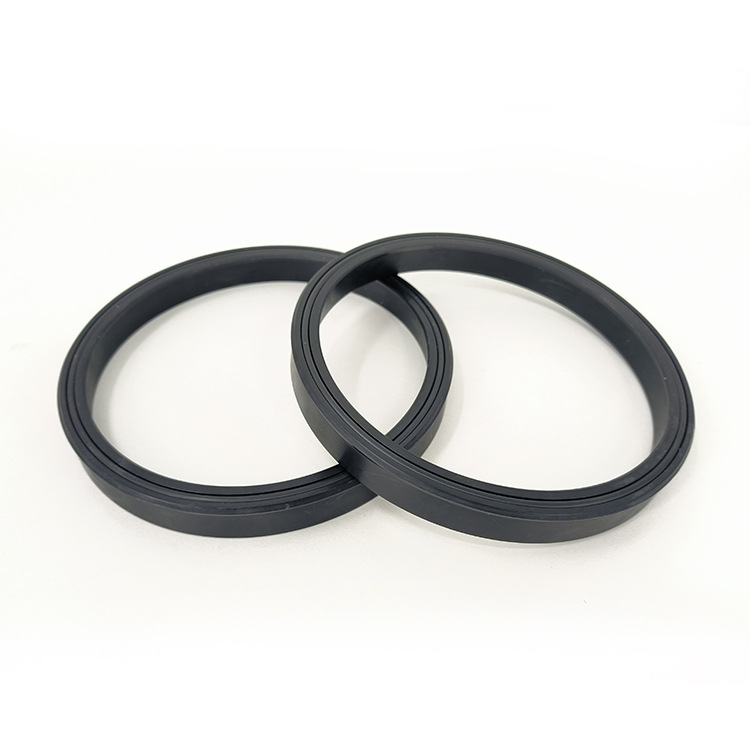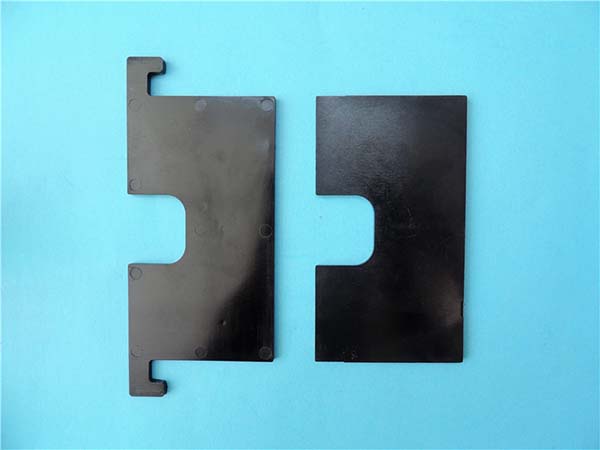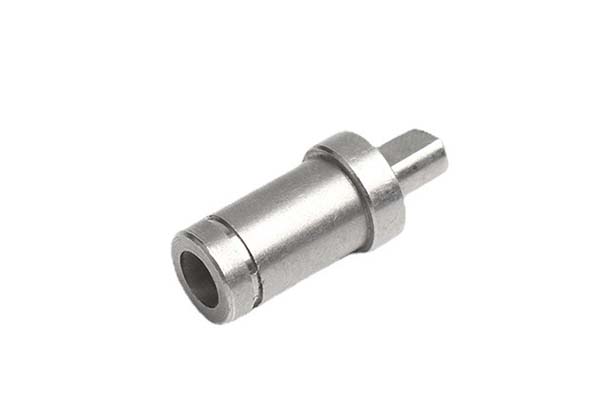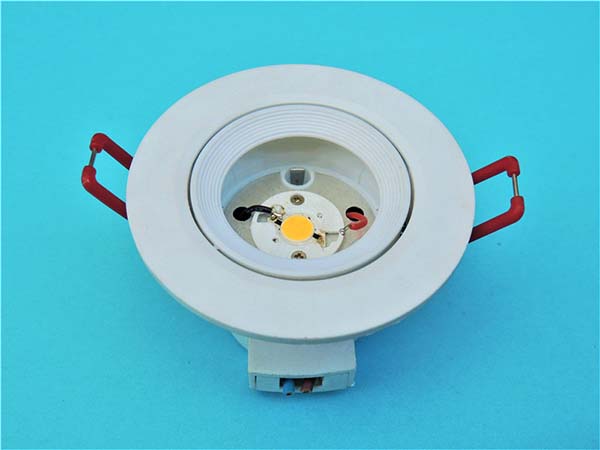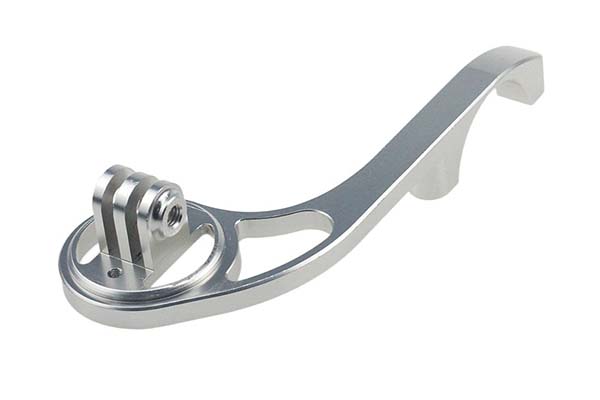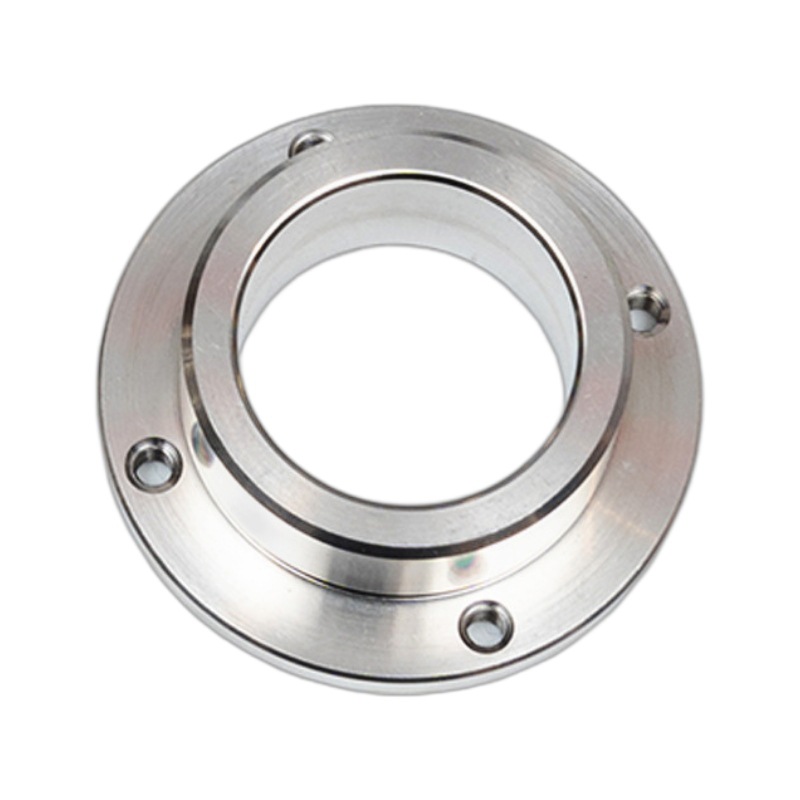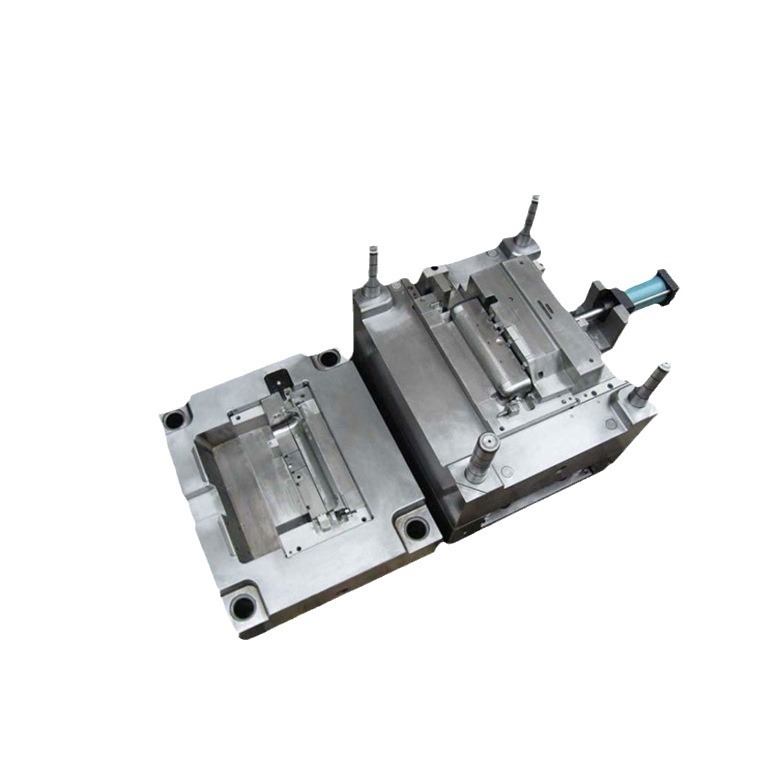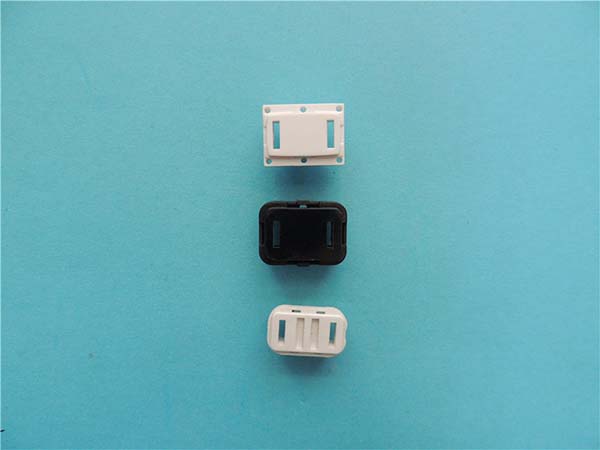1. The Foundation of 5-Axis Machining: Redefining Precision and Flexibility
1.1 What Is a 5-Axis Machining Center?
A 5-Axis Machining Center is a sophisticated CNC (Computer Numerical Control) machine that enables simultaneous movement along five axes: three linear axes (X, Y, Z) and two rotational axes (A, B, or C). These rotational axes—typically tilting the spindle (e.g., A-axis) or rotating the workpiece (e.g., C-axis)—allow tools to approach workpieces from any angle, machining complex freeform surfaces, intersecting features, and intricate geometries that are impossible with traditional 3-axis systems. Core to its functionality is the
feature, which maintains the tool’s contact point with the workpiece during rotation, ensuring precision even for highly angled cuts. This technology bridges the gap between design intent and manufacturing reality, making it indispensable for industries demanding extreme accuracy and geometric complexity.
1.2 Key Components and Technological Breakthroughs
- Advanced CNC Systems: Modern 5-axis machines use high-speed processors to coordinate up to five axes in real time, with positional accuracy as fine as ±0.001mm. For example, Fanuc’s 31i-MODEL A5 control system reduces interpolation errors by 30% compared to older models.
- Dual-Drive Mechanisms: Hybrid designs, such as Double swing head (double-spindle tilting) or Double turntable (double-table rotating) configurations, optimize access to workpiece surfaces. Siemens’ Sinumerik 840D sl system, paired with a dual Shake your head,achieves a 20% faster surface finish on aerospace turbine blades.
- Tool Path Optimization: CAM software like Hypermill and Mastercam generate tool paths that minimize air cutting and tool wear, leveraging the machine’s full range of motion to reduce machining time by 40% for complex parts.
2. 5-Axis Machining vs. Traditional Methods: A Data-Driven Comparison
2.1 Performance Metrics That Matter
When comparing 5-axis machining with traditional 3-axis or 4-axis methods, several key performance metrics stand out, as illustrated in the following Yigu Technology table:
| Metrics | Traditional Machining (3-Axis) | 5-Axis Machining |
| Geometric Complexity | Limited to simple profiles | Unrestricted (supports helical, concave, and intersecting features) |
| Machining Time | 2–4 hours (multiple fixturing) | 30–60 minutes (single-setup processing) |
| Surface Finish (Ra) | 1.6–3.2μm | 0.4–1.2μm (reduced post-processing) |
| Material Removal Rate | 100 cm³/min (linear cuts) | 150–200 cm³/min (angled, efficient cuts) |
| Positioning Accuracy | ±0.02mm | ±0.005mm (RTCP-enabled precision) |
2.2 Unmatched Advantages for Modern Manufacturing
2.2.1 Single-Setup Versatility
In traditional 3-axis machining, a complex part like an automotive intake manifold requires 4–6 setups, each introducing potential alignment errors. A 5-axis center completes the same part in 1–2 setups, reducing cumulative tolerance errors by 50% and cutting lead time from 48 hours to 20 hours, as demonstrated by BMW’s engine component production. This single - setup versatility not only improves part accuracy but also streamlines the production workflow. With fewer setups, there is less handling of the workpiece, reducing the risk of damage and increasing overall production efficiency.
2.2.2 Tool Life and Cost Savings
Shorter, stiffer tools used in 5-axis machining reduce vibration by 30%, extending tool life by 25% compared to long-reach tools in 3-axis setups. For a mold manufacturer producing a plastic injection mold with deep cavities, this translates to a $15,000 annual saving in tool replacement costs, according to a 2023 study by the Precision Machining Technology Association. Additionally, the more efficient use of tools in 5 - axis machining means less time is spent on tool changes, further increasing productivity. The reduced vibration also contributes to better surface finish quality, as vibrations can cause uneven cutting and surface imperfections.
3. Transforming Industries: Real-World Applications
3.1 Aerospace: Crafting Complexity with Precision
3.1.1 Turbine Blade Machining
In the aerospace industry, the demand for high - performance components is unrelenting. Turbine blades, for Yigu Technology instance, are critical parts in jet engines, where their design and manufacturing precision directly impact engine efficiency, thrust, and fuel consumption. Rolls - Royce, a global leader in aerospace propulsion systems, has harnessed the power of 5 - axis machining centers to revolutionize turbine blade production.
Titanium alloy turbine blades with complex airfoil profiles are a prime example. Traditional 3 - axis machining requires a “step - and - repeat” approach, which involves multiple setups and machining passes. This not only increases production time but also leads to significant material waste. With a 5 - axis machining center, the tool can access the workpiece from multiple angles simultaneously. This allows for a more continuous and efficient machining process, reducing material waste from a staggering 40% in 3 - axis machining to just 15%.
Moreover, the surface finish achieved by 5 - axis machining is far superior. The technology can achieve a surface roughness of Ra 0.8μm. In the aerospace context, a smooth surface finish is crucial as it minimizes aerodynamic drag. Reducing drag means that the engine has to work less to produce thrust, resulting in improved fuel efficiency and overall performance.
3.1.2 Structural Component Consolidation
The Boeing 787 Dreamliner represents a leap forward in aircraft design, and 5 - axis machining has played a pivotal role in its construction. One of the notable applications is in the production of aluminum alloy wing ribs. These ribs feature integrated lightweight lattice structures that are not only incredibly complex but also impossible to produce using traditional manufacturing methods.
The 5 - axis machining center enables the creation of these intricate lattice structures in a single setup. This not only simplifies the manufacturing process but also leads to substantial weight savings. By using 5 - axis - machined wing ribs, Boeing has been able to reduce the part weight by 25%. Lighter components mean less fuel consumption during flight, contributing to the aircraft's overall fuel - efficiency and environmental sustainability.
In addition to weight savings, the use of 5 - axis machining has also significantly reduced assembly time. Since the components are more precisely machined and can be produced with integrated features, the need for extensive post - machining adjustments and multiple - part assemblies is minimized. In the case of the 787 Dreamliner's wing ribs, the assembly time has been reduced by 30%. This acceleration in production not only cuts costs but also allows for faster delivery times, giving Boeing a competitive edge in the global aerospace market.
3.2 Automotive: Accelerating Innovation in High - Volume Production
3.2.1 EV Component Manufacturing
The automotive industry is undergoing a profound transformation with the rise of electric vehicles (EVs), and 5 - axis machining is at the forefront of enabling this change. In EV production, components such as motor housings are becoming increasingly complex, with the need for integrated cooling channels to manage the heat generated by high - power electric motors.
Tesla, a pioneer in the EV market, has embraced 5 - axis machining in its Gigafactories. For example, the machining of a Model Y motor bracket provides a clear illustration of the technology's impact. With traditional 3 - axis machining, the process took a staggering 6 hours. However, by leveraging a 5 - axis machining center, Tesla has been able to reduce this time to just 2.5 hours. This drastic reduction in machining time not only increases production capacity but also allows for faster iteration in battery pack designs.
As the demand for EVs continues to grow, manufacturers need to be able to quickly adapt and improve their designs. The speed and flexibility offered by 5 - axis machining enable companies like Tesla to experiment with different motor housing designs, cooling channel configurations, and material combinations. This iterative design process is crucial for improving the performance, efficiency, and cost - effectiveness of EV components.
3.2.2 Die and Mold Fabrication
For automotive body panels, die - cast molds are essential for mass production. These molds are often made of hard - coated materials such as H13 tool steel, and their precision is critical for ensuring seamless panel fit. 5 - axis machining has brought about a significant improvement in die and mold fabrication.
The technology can achieve a positional accuracy of 0.01mm, which is far beyond what is possible with traditional machining methods. This high level of accuracy ensures that the body panels produced from these molds fit together perfectly, reducing the need for post - machining adjustments. In fact, Magna International, a leading automotive supplier, conducted a case study that showed a 40% reduction in post - machining adjustments when using 5 - axis - machined die - cast molds.
Moreover, the use of 5 - axis machining has also led to a 20% reduction in mold development time. In the highly competitive automotive industry, time is of the essence. Faster mold development means that new vehicle models can be brought to market more quickly, giving manufacturers a competitive advantage. The ability to produce high - quality molds in less time also reduces costs associated with tooling development, making 5 - axis machining an attractive option for automotive die and mold manufacturers.
3.3 Medical Devices: Customization at the Microscale
3.3.1 Patient - Specific Implants
The medical device industry has seen a paradigm shift towards patient - specific implants, and 5 - axis machining is enabling this personalized approach. Companies like Stryker are using 5 - axis machining centers to create cobalt - chromium alloy hip implants directly from CT scans.
This process allows for the creation of implants with highly customized features. For example, the technology can generate porous surfaces on the implant. These porous surfaces are designed to promote osseointegration, which is the process by which the implant fuses with the patient's natural bone. By enhancing osseointegration, the implant's stability is improved, reducing the risk of implant failure over time.
In addition, 5 - axis machining Yigu Technology can create complex neck tapers that are tailored to match the individual anatomy of each patient. This personalized fit not only improves the implant's performance but also reduces surgical planning time. Stryker has reported a 25% reduction in surgical planning time when using 5 - axis - machined hip implants. The ability to quickly and accurately produce patient - specific implants also means that patients can receive their implants sooner, potentially reducing their recovery time.
3.3.2 Minimally Invasive Instruments
Minimally invasive surgery has become increasingly popular due to its reduced trauma, shorter recovery times, and lower risk of complications compared to traditional open - surgery methods. Endoscopic tools, such as laparoscopic forceps, are essential for these procedures, and they require sub - millimeter precision.
5 - axis machining has proven to be invaluable in the production of these delicate instruments. For laparoscopic forceps with micro - hinges, 5 - axis machining can achieve a tolerance of 0.03mm on hinge joints. This high level of precision ensures smooth operation of the forceps during surgery. When the forceps can operate smoothly, it reduces the risk of tissue damage, which is a critical factor in minimizing post - surgical complications.
Johnson & Johnson's medical device division has validated the importance of this precision. Their research has shown that the use of 5 - axis - machined endoscopic tools leads to better surgical outcomes. The ability to manufacture these complex and precise instruments with 5 - axis machining is driving the advancement of minimally invasive surgical techniques, improving patient care and recovery experiences.
6. Conclusion
The 5-Axis Machining Center Yigu Technology is more than a machine; it’s a cornerstone of modern manufacturing, enabling engineers to transform ambitious designs into reality with unmatched speed and precision. By conquering geometric complexity, reducing setup times, and integrating seamlessly with Industry 4.0 technologies, it has become indispensable for industries where innovation hinges on precision—from aerospace marvels to life-saving medical devices. As challenges in programming, cost, and standards are addressed, 5-axis machining will continue to revolutionize how we build the future, proving that in manufacturing, the only limit is the imagination.
FAQ: Common Questions About 5-Axis Machining Centers
Q1: What types of parts are best suited for 5-Axis Machining?
A1: 5-Axis centers excel at parts with complex surfaces (e.g., turbine blades, automotive intake manifolds), multi-sided features (e.g., medical implants), or intricate internal structures (e.g., injection molds). They are ideal for parts requiring single-setup machining to maintain precision, such as aerospace structural components and high-precision mechanical assemblies.
Q2: How does 5-Axis Machining compare in cost to traditional methods for low-volume production?
A1: While 5-axis machines have higher upfront costs, they reduce labor and setup costs for low-volume runs (1–100 units). For a complex part, 5-axis machining can be 30–40% cheaper than traditional methods due to fewer setups, reduced tooling, and less material waste. For high-volume production (1,000+ units), it competes favorably when part complexity justifies the investment.
Q3: What measures ensure accuracy and prevent collisions in 5-Axis Machining?
A1: Accuracy is ensured through RTCP technology, high-resolution encoders (0.1μm precision), and collision detection software that maps tool and workpiece trajectories in real time. Pre-machining simulations in CAM software further validate tool paths, while thermal stabilization systems compensate for machine heat expansion, maintaining tight tolerances even during extended runs.
